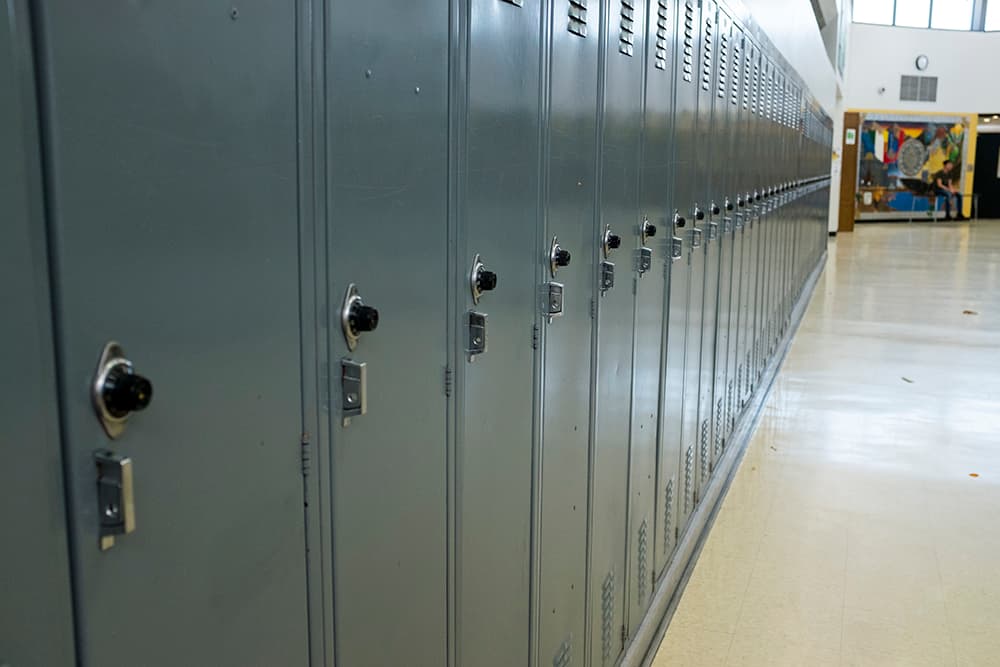If Colorado voters this November approve a $1.6 billion tax increase to benefit schools, several metro-area districts are pledging to spend part of their share to boost teacher pay.
Raising teacher salaries is an idea that’s gaining political popularity, fueled by teacher protests around the country and here in Colorado, where education funding is below the national average and several recent studies have found teachers are dramatically underpaid.
School boards in at least 70 of the state’s 178 school districts – including Denver, Aurora, Jeffco, Adams 14, Westminster, and Sheridan – have passed resolutions in support of the statewide tax increase, called Amendment 73. Some have also specified what their districts would spend the money on.
Amendment 73 would raise personal income taxes for residents making more than $150,000 per year. It would also raise the corporate income tax and make adjustments to property taxes. In separate ballot measures, districts across Colorado – including Aurora, Jeffco, and Westminster – are asking voters to raise local taxes to support education, as well.
In addition to teacher pay, all three large metro districts named expanding preschool as a priority if Amendment 73 passes. Aurora listed decreasing student-to-teacher ratios, while Denver listed reducing class sizes. Denver and Jeffco said they’d also spend more on mental health support for students.
Click the links below to read the resolutions in their entirety. We’ve also included bulleted summaries of the spending priorities in Denver, Jeffco, and Aurora.
A Denver teacher gave an evocative example to the school board Thursday of why the district should prioritize support for students’ mental health by hiring more psychologists and social workers, something it has already begun doing with money from local tax increases.
Here is what the teacher, Michelle Garrison, had to say.
Click here to read Denver Public Schools’ resolution on Amendment 73. The $1.6 billion in revenue that the tax increase would generate would be divvied up between school districts, and Denver officials said they expect the district’s share will be $150 million each year.
The resolution says the district will prioritize spending the money on:
- Increasing pay to attract and retain high-quality teachers and staff
- Better supporting student mental health needs
- “Targeted funding and strategies to better support student groups with higher needs, including efforts to reduce class sizes”
- Expanding early childhood education opportunities
The resolution notes that the largest portion of the funds should be spent on teacher pay, though it doesn’t specify a dollar amount or percentage.
Click here to read Aurora Public Schools’ resolution. It says the district will prioritize:
- Adding school-based instructional supports, reducing student-teacher ratios, and establishing a clear career ladder to recruit and retain high-quality teachers
- Enhancing preschool by increasing access, expanding quality programming, and increasing compensation for preschool staff
- Increasing compensation and benefits to maintain a competitive place in the market
Click here to read Jeffco Public Schools’ resolution. In addition to naming priorities, it specifies what percentage of the district’s share of the funding it would spend on each one.
- 50 percent to attract and retain quality teachers and staff
- 15 percent to lower class sizes and staffing shortages
- 10 percent to add mental health support and counseling, and school security
- 10 percent to expand early childhood education
- 7.5 percent to expand career and technical options, as well as science, technology, engineering, and math options
- 7.5 percent to buy classroom learning materials, technology, and supplies, and offset student fees
Click here to read Westminster’s resolution, here to read Adams 14’s resolution, and here to read Sheridan’s resolution.
Westminster and Adams 14 didn’t suggest how the funds should be used. Sheridan included some commitments, but they aren’t very specific. They include spending on strategies to close gaps in test scores between different groups of students, and maintaining “adequate district operational functions.”
The Colorado Association of School Boards is collecting district resolutions, and you can find more of them here.
Colorado voters have twice before rejected statewide tax increases for education. At both the school and municipal level, voters are much more receptive to local tax increases. The Colorado Association of School Boards, which supports Amendment 73, is urging its members around the state to be as specific as possible about how they’ll spend additional funds. An online guide encourages school boards to “engage stakeholders” and “hold public discussions.”
Opponents of the tax increase have criticized the lack of specificity in how new resources will be spent. They say that spending more money doesn’t guarantee students will do better in school.
But Lisa Weil, head of Great Education Colorado, a major backer of Amendment 73, said school districts had to decide on their own how to cut during the Great Recession, and they should get to decide now how to restore the money.
“In 10 and 20 and 30 years of cuts, the legislature has never said how to cut,” Weil said. “They’ve left that to local communities, and local communities have done what they can to keep cuts out of the classroom and keep serving kids. There is no better way to ensure accountability than to put these decisions in the hands of people who are accountable to voters. They know the community, and it’s where advocates have the most opportunity to make a difference.”
Chalkbeat staffers Yesenia Robles and Erica Meltzer contributed to this report.
Chalkbeat is a nonprofit news site covering educational change in public schools.













